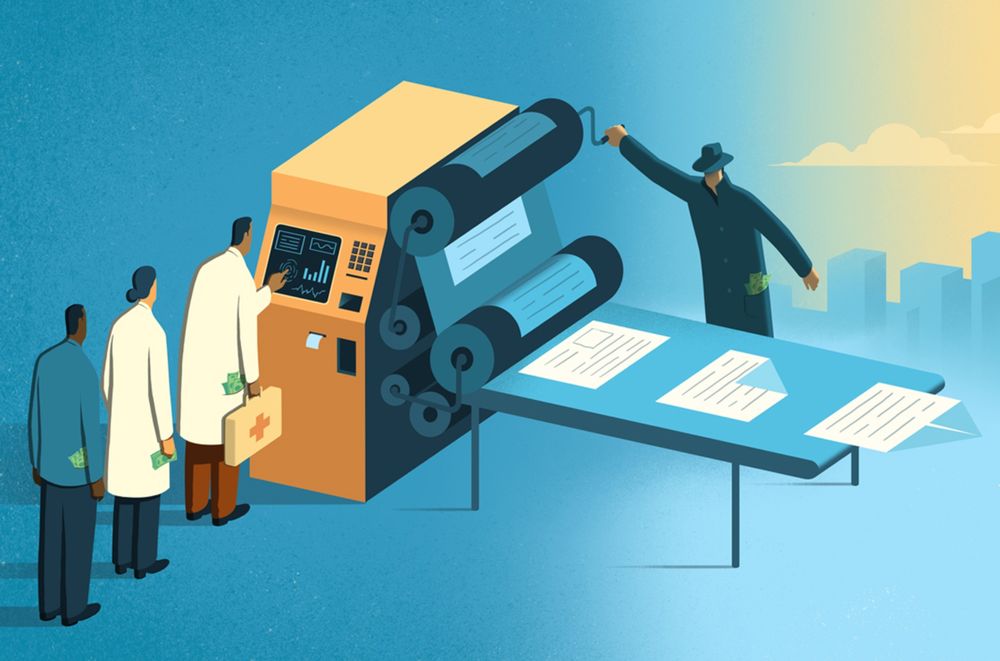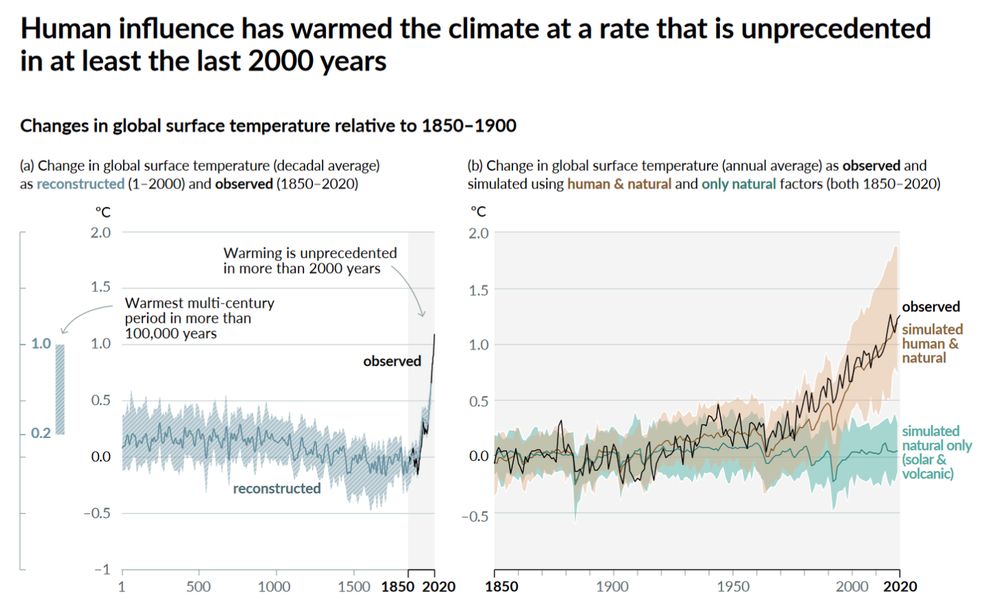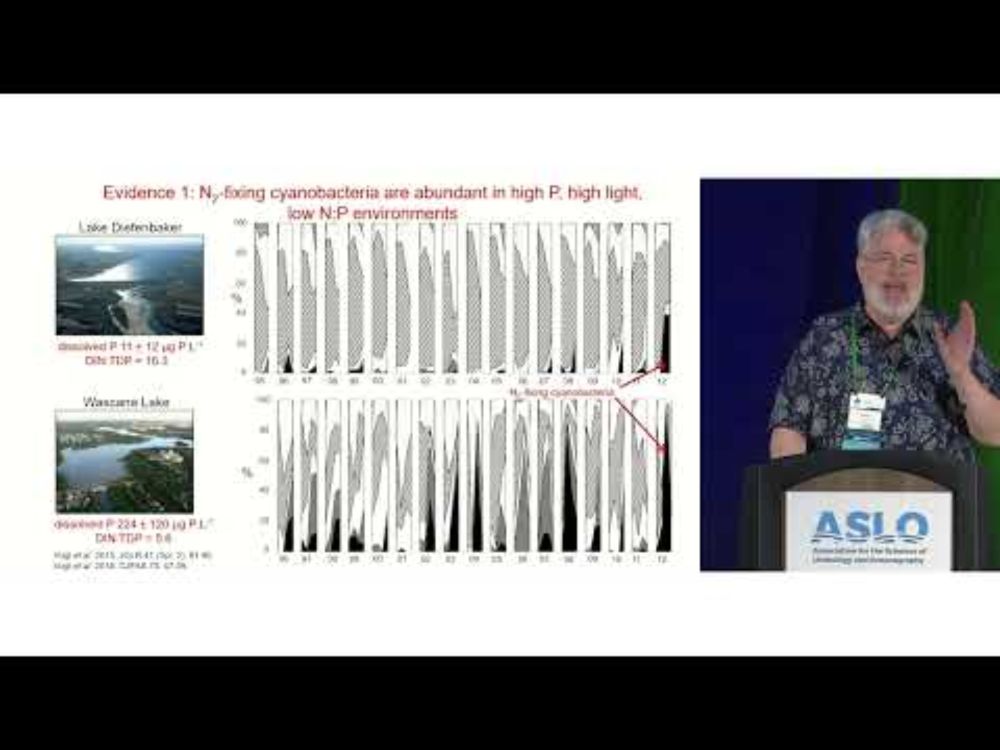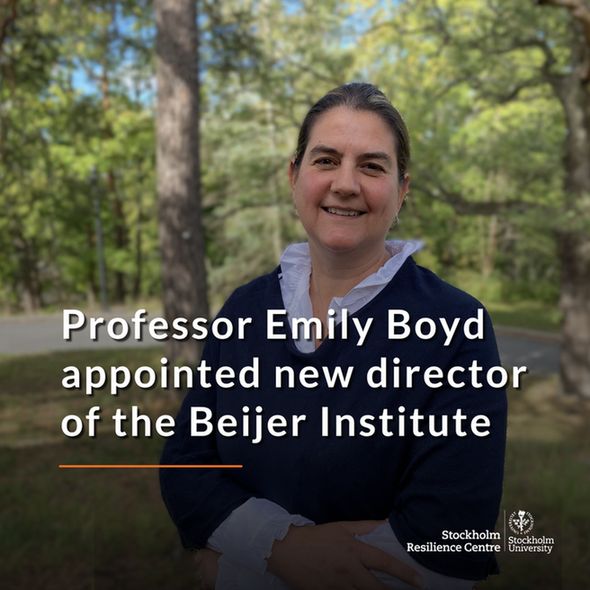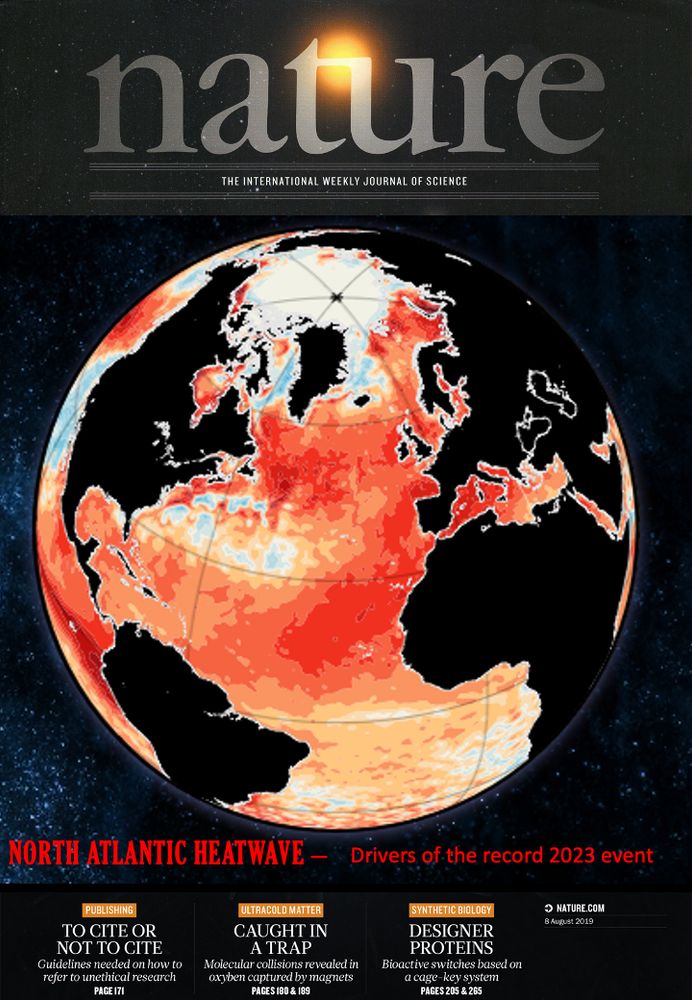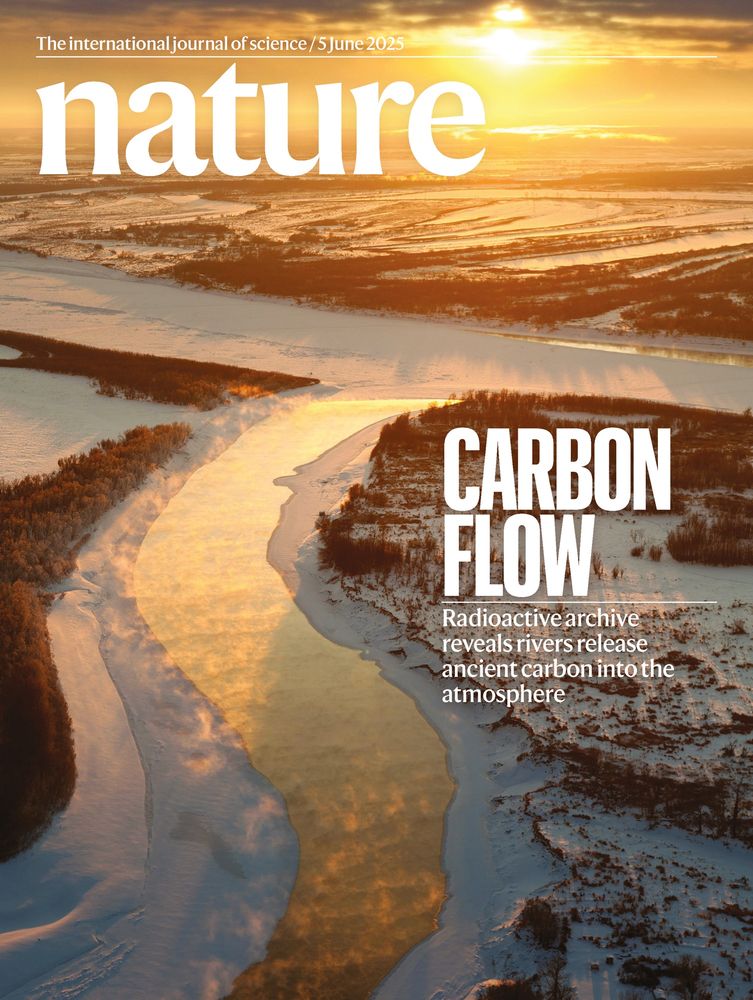Steve Carpenter
@steve-carpenter.bsky.social
620 followers
210 following
15 posts
Ecosystem science, Global change, Assessments and Scenarios. Co-EiC of Ecosystems with @MonicaGTurner.bsky.social. My website:
https://limnology.wisc.edu/faculty/stephen-r-carpenter/
Posts
Media
Videos
Starter Packs
Reposted by Steve Carpenter
Reposted by Steve Carpenter
Reposted by Steve Carpenter
Reposted by Steve Carpenter
Reposted by Steve Carpenter
Reposted by Steve Carpenter
Reposted by Steve Carpenter
Reposted by Steve Carpenter
Reposted by Steve Carpenter
David Olefeldt
@olefeldt.bsky.social
· Jun 4
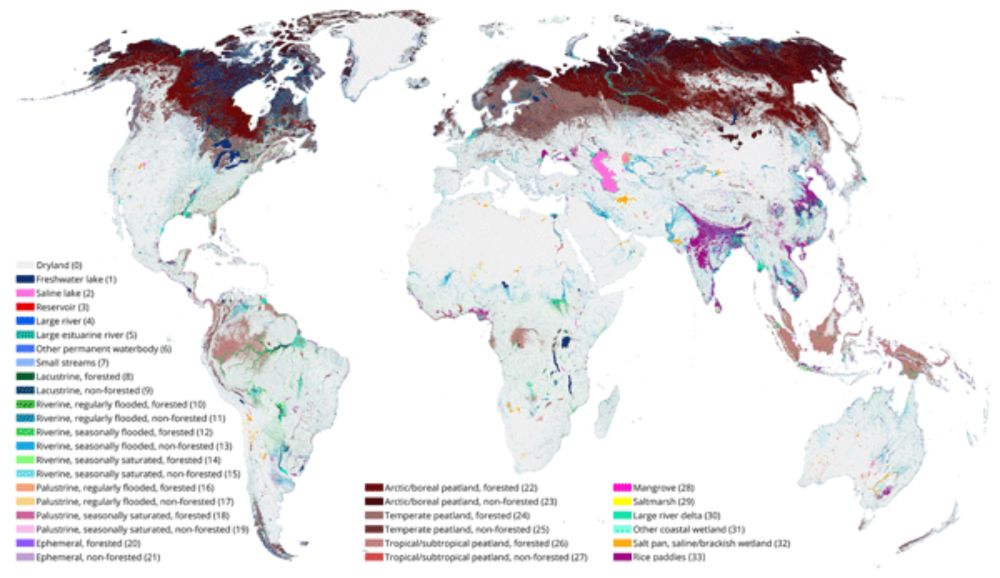
Mapping the world's inland surface waters: an upgrade to the Global Lakes and Wetlands Database (GLWD v2)
Abstract. In recognition of the importance of inland waters, numerous datasets mapping their extents, types, or changes have been created using sources ranging from historical wetland maps to real-tim...
essd.copernicus.org
Reposted by Steve Carpenter
Reposted by Steve Carpenter
Reposted by Steve Carpenter
Reposted by Steve Carpenter
Reposted by Steve Carpenter
Reposted by Steve Carpenter









